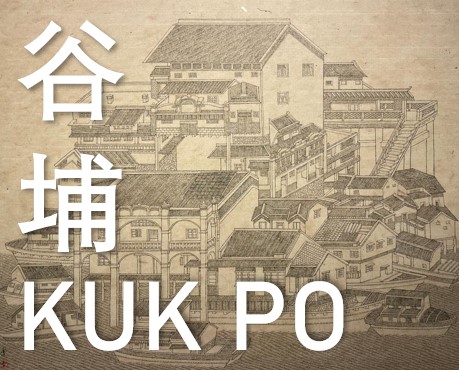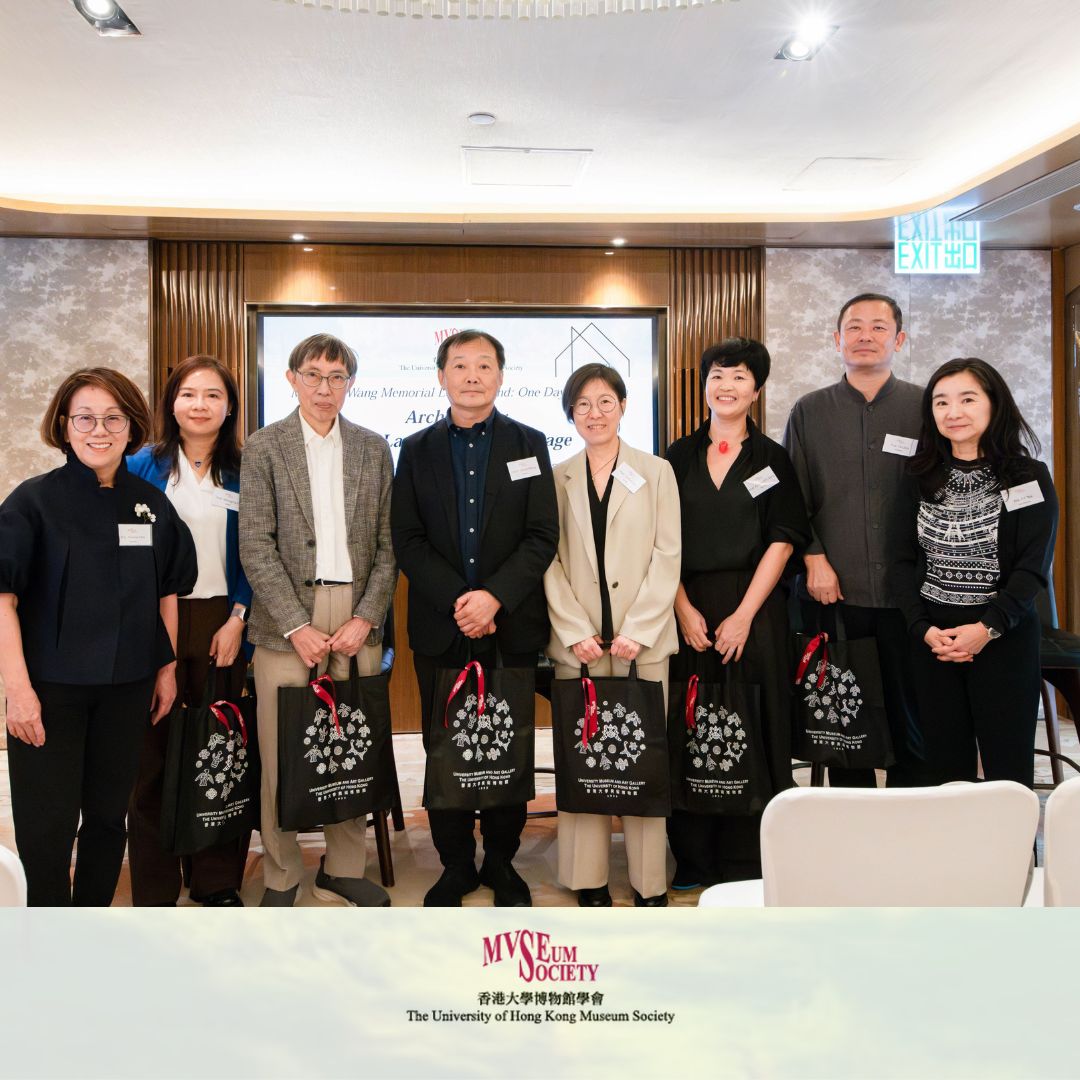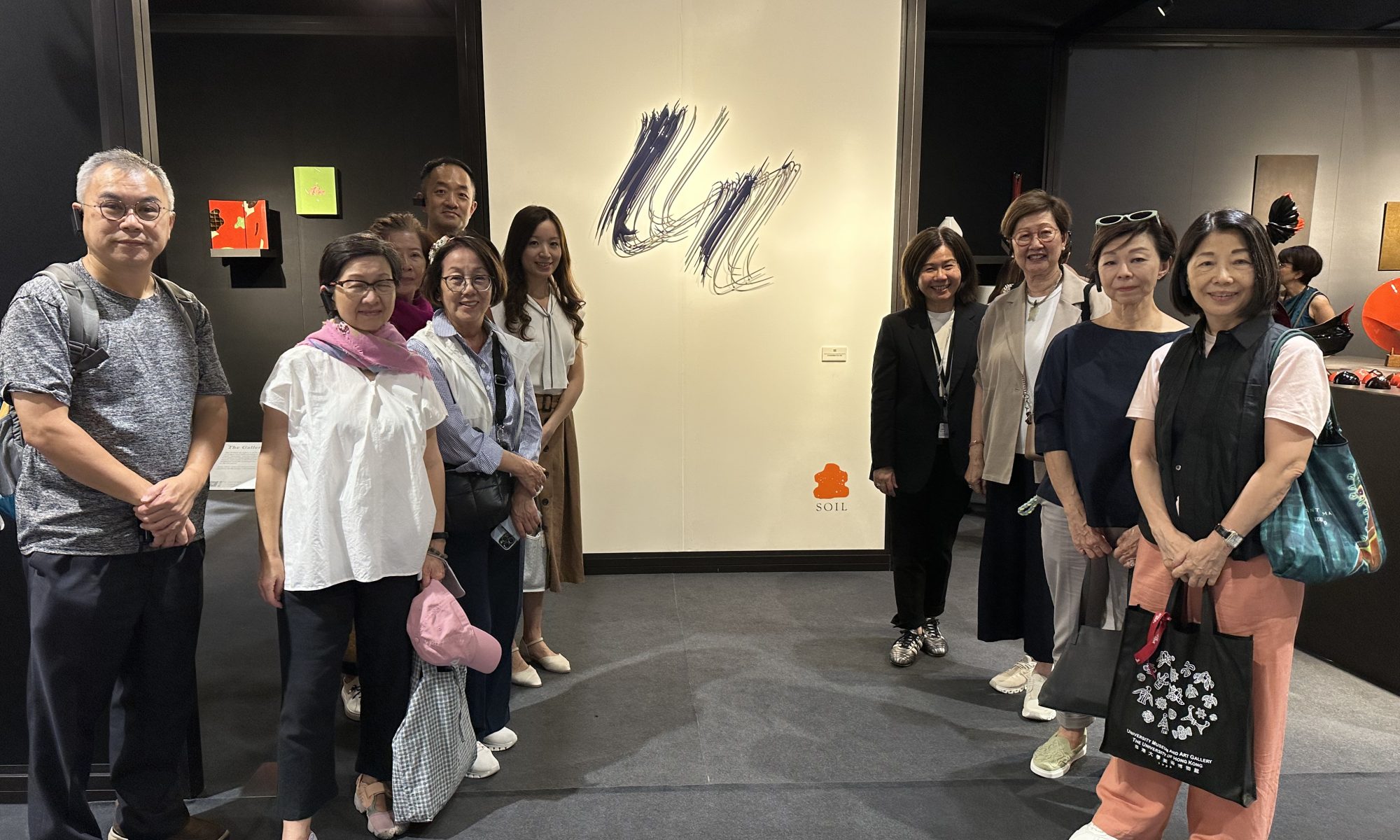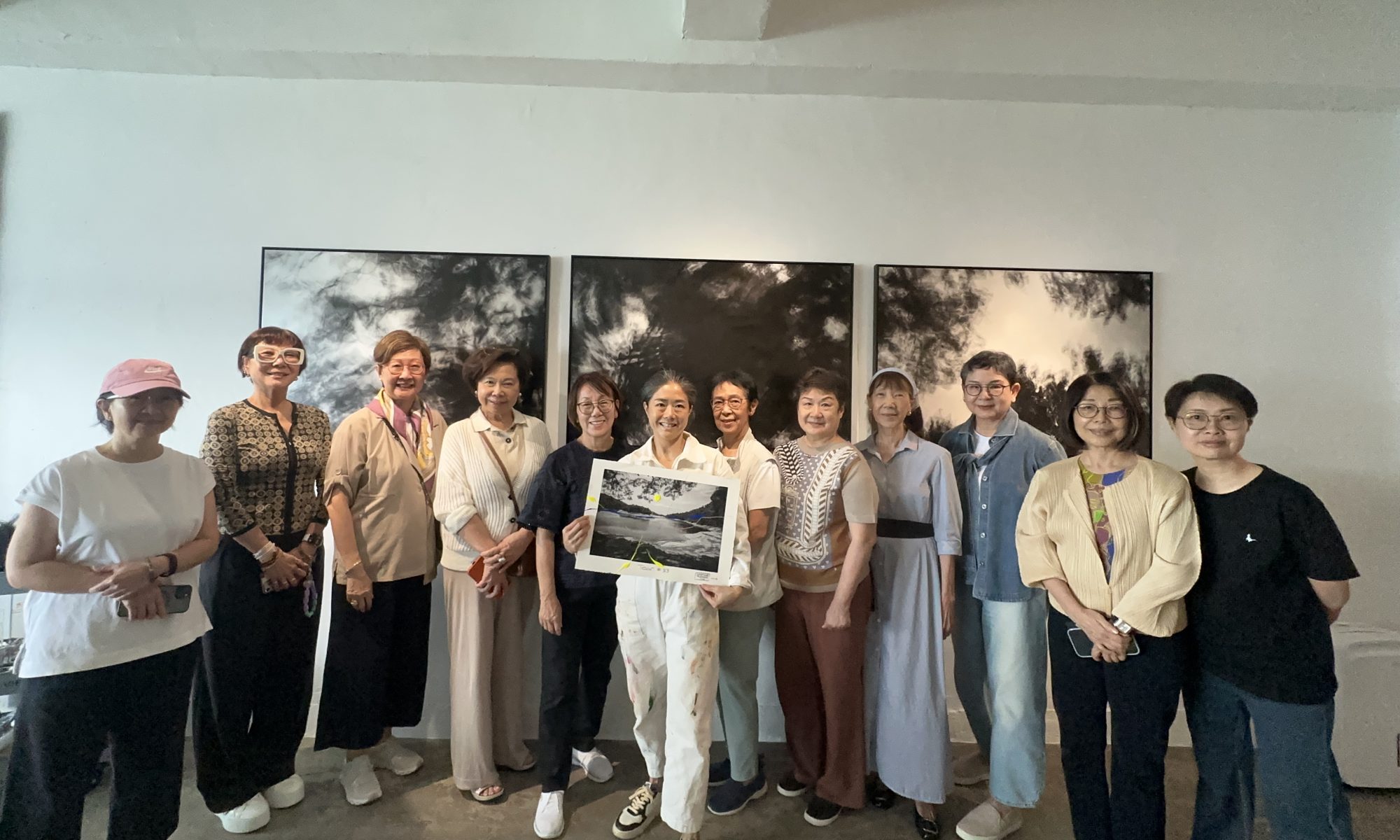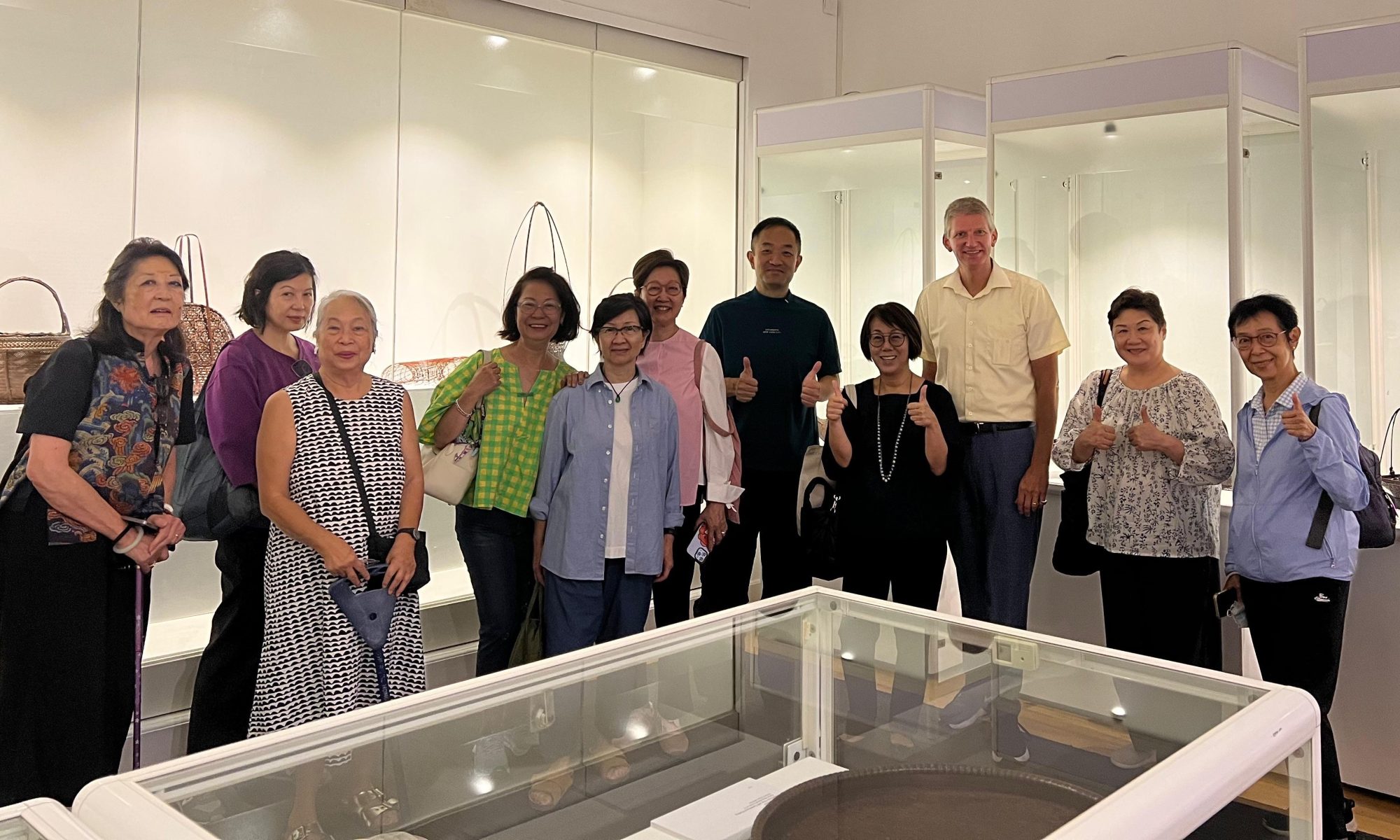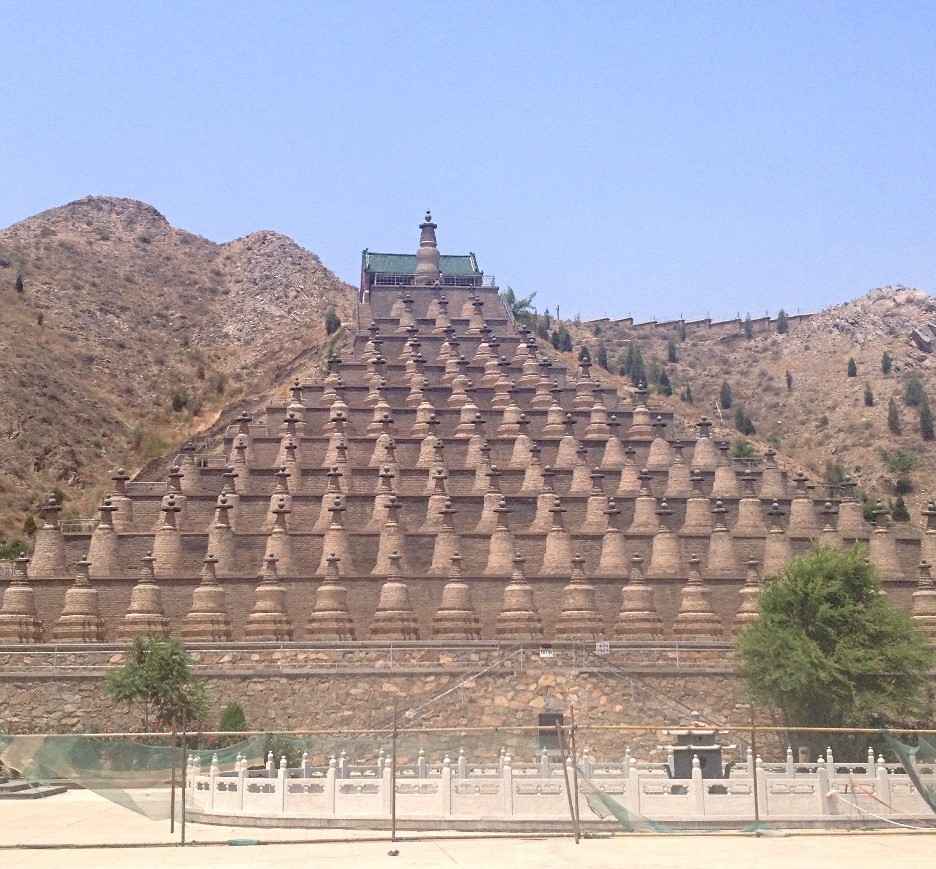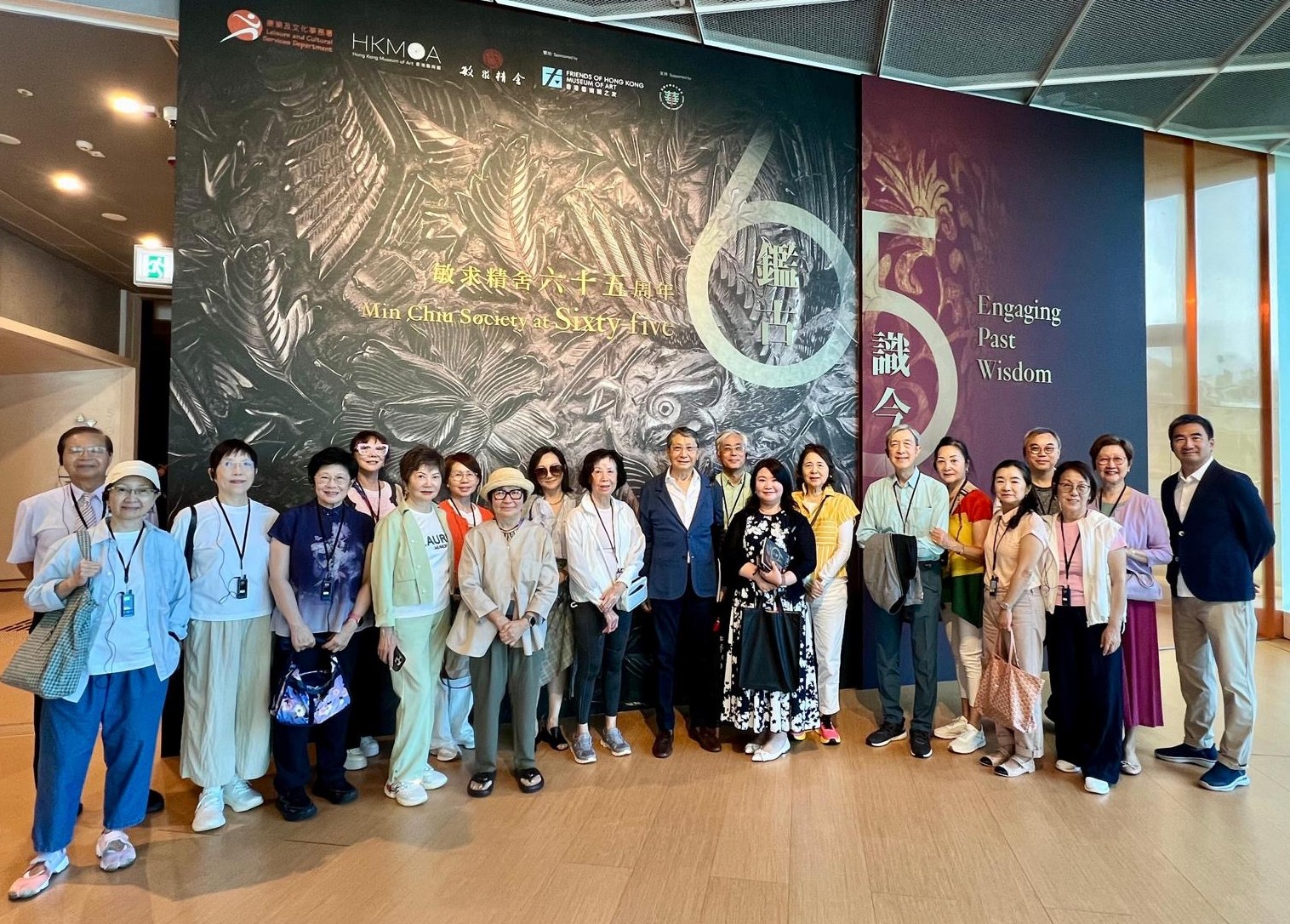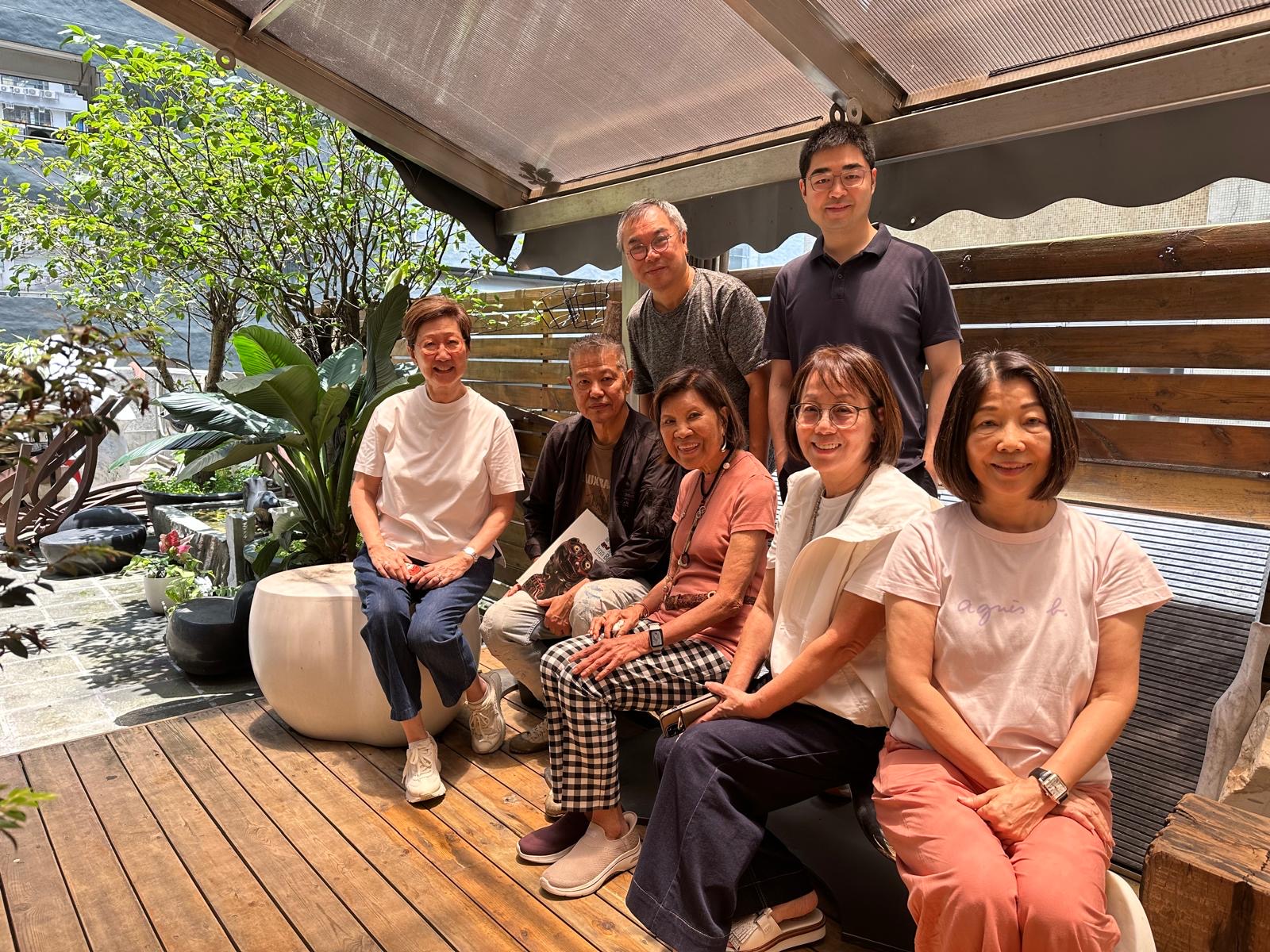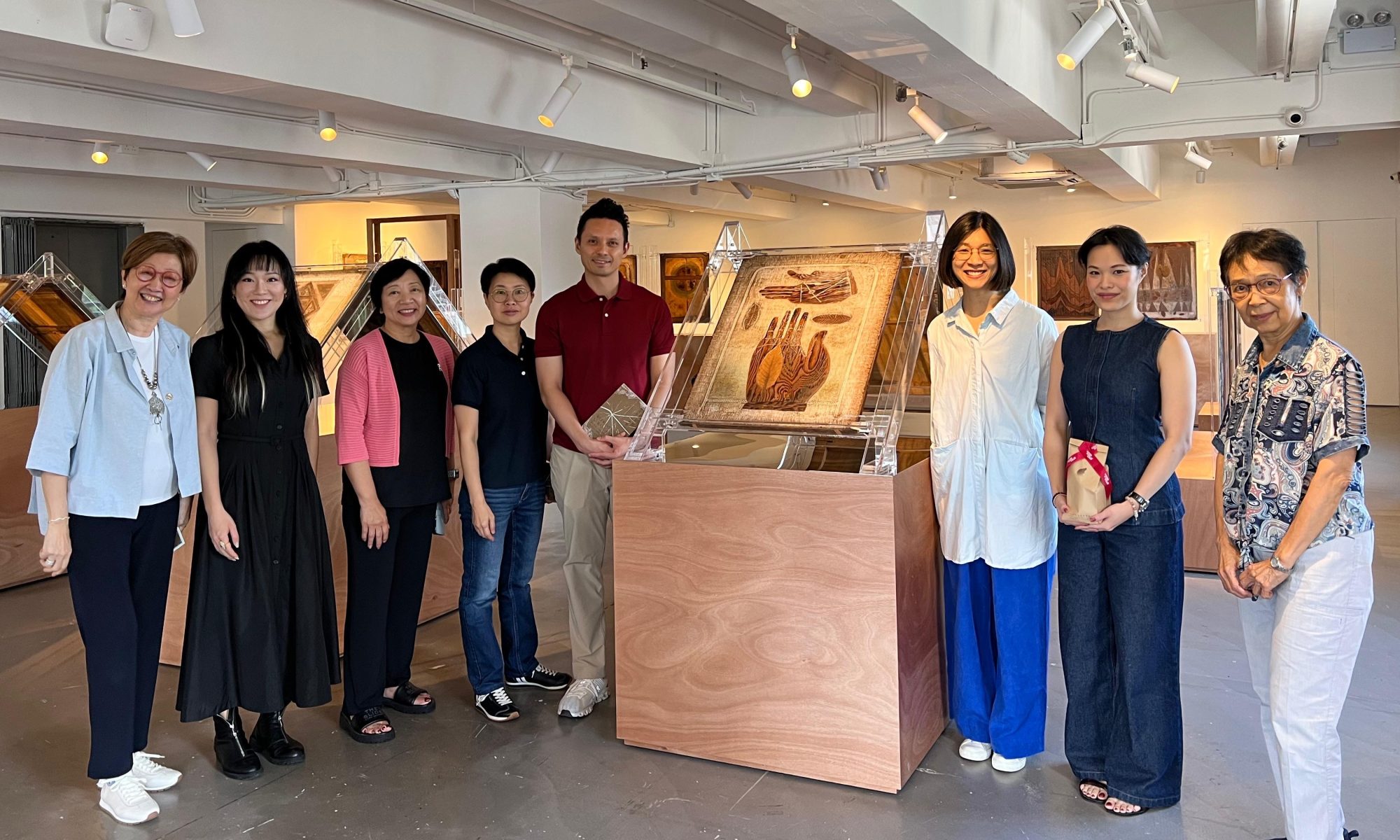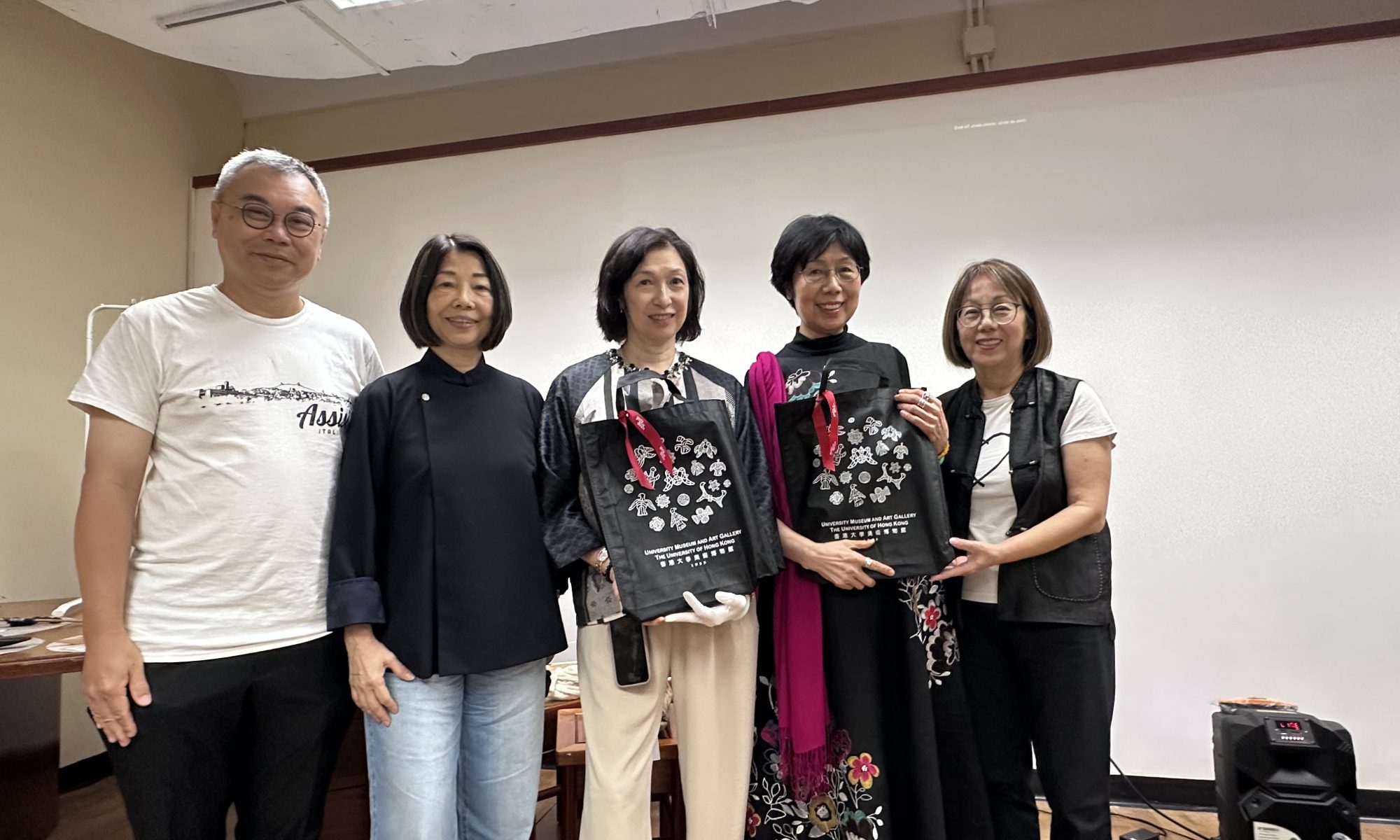The Executive Committee of the University of Hong Kong Museum Society invites you to join the
Margaret Wang Memorial Lecture Fund One Day Symposium, exploring the intersections of
Architecture: City, Landscape & Heritage.
The multi-volume work Ten Books on Architecture (De architectura) by Vitruvius Polio, a Roman architect and engineer from the 1st century BC, is the only architectural treatise to have survived from antiquity. Vitruvius defines architecture through three essential attributes: structure (firmitas), function (utilitas), and beauty (venustas). This definition remains a cornerstone of architectural discourse today.
In light of the critical social and environmental challenges of the 21st century, along with rapid technological advancements, how has architecture evolved in its concerns for humanity, utility, and beauty compared to the Classical and Renaissance eras? As many buildings and landscapes become competing markers in an age of speculative cities, how can architecture, urban planning, landscape design, and conservation integrate new knowledge and skills to address broader issues within the built environment? This integration is vital for creating a more sustainable and resilient architecture and urbanism for the decades to come.
As urbanization accelerates at an unprecedented pace in the Pearl River Delta, how can architects and planners expand their concerns from Hong Kong to the Greater Bay Area, identify shared values that address issues over high-density urbanism, public spaces, traditional settlements, sustainability, and the urban-architectural transformations of scale over time?
This symposium invites four renowned scholars and architects, each with expertise in architecture, urban planning, landscape architecture, and conservation, to explore how the architecture and urbanism of Hong Kong and the Greater Bay Area can effectively address these pressing issues and take a leadership role in shaping the future of the built environment.
Speakers
Chu, Cecilia
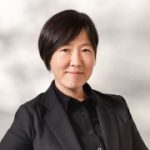
Director of MPhil-PhD Programme and Associate Professor, School of Architecture, The Chinese University of Hong Kong
Trained as an urban historian with a background in design and conservation, Cecilia Chu’s research and teaching focus on the social and cultural processes that shape the forms and meanings of built environments. She is especially interested in the intersection of professional and popular knowledge of architecture and landscapes, particularly in the Asian context.
Chu is the author of Building Colonial Hong Kong: Speculative Development and Segregation in the City, which received the 2023 Best Book Award from the Urban History Association and the 2024 International Planning History Society Book Prize. She is a co-founder and past president of DOCOMOMO Hong Kong and an editorial board member of Journal of Urban History, Journal of the Royal Asiatic Society Hong Kong, Surveying and Built Environment, and Built Environment. She received her PhD in Architecture from the University of California, Berkeley.
He, Shengjing
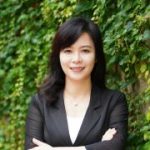
Head of Department and Professor, Lady Edith Kotewall Professor in Built Environment, Department of Urban Planning and Design, University of Hong Kong
Shenjing’s research interests focus on social infrastructure, urban and regional governance, gentrification, rural-urban interface, low-income housing, and healthy cities. She has published over 200 papers and five books and has been listed as Top 1% Scholar Worldwide by Clarivate Analytics (2016-2025), Stanford University’s Top 2% Scientists (2020-2025).
Shenjing was awarded the prestigious National Distinguished Young Scientists Fund by National Science Foundation of China and Humanities and Social Sciences Prestigious Fellowship by RGC in 2025 and was elected a Fellow of the Academy of Social Sciences (UK) in 2021. She has served as a co-editor-in-chief for Area Development and Policy since 2023 and editor for Urban Studies (2012-2024).
Shenjing is the Chair of Asia Pacific Network for Housing Research and Vice President of Asian Planning School Association. She also serves as an advisor for many Planning and Design Institutions, Governments, and NGOs.
Wang, Weijen
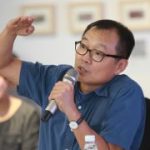
Professor, Andrew KF Lee Professor in Architecture Design, Department of Architecture, University of Hong Kong / Design Director, Wang Weijen Architecture
Integrating architecture with nature and culture landscape, his practice and research respond to high-density urban context, rural conservation, and sustainable environments. His design projects covering campuses and community buildings, consistantly received awards from HKIA, HKIUD, AIA Hong Kong, AR, WA, and was reviewed by Kenneth Frampton in Modern Architecture (2020).
Previously Head of Department of Architecture at HKU, he was the 2023 Howard Freeman Visiting Professor at UC Berkeley, curator of 2018 Venice Architecture Biennale for Hong Kong Exhibition, and 2007 Hong Kong Shenzhen Bi-City Biennale of Urbanism / Architecture. With research focuses on typology of Chinese Architecture and Cities as well as Hong Kong’s urban rural spaces, his published books include Refabricating City: a reflection, Regenerating Patio: Studies of Macao’s Historical Urban Fabric, Kuk Po Vision: An Account of the Architectural Environment in a Hong Kong Village, and design monographs Urban Courtyardism by UED and Taiwan Architect.
Yim, Rocco SK
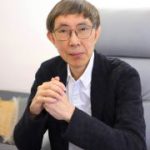
Executive Director, Rocco Design Architects, Adjunct Professor, Department of Architecture, University of Hong Kong
Rocco Yim is currently Executive Director of Rocco Design Architects. Since winning a First Prize Award for the L’Opéra de la Bastille international competition in 1983, his works have consistently been awarded both in Hong Kong and overseas. Recent accolades include ARCASIA Gold Medals in 1994 & 2003, World Architecture Festival category winner in 2010, Chicago Athenaeum Architectural Awards in 2006, 2011 and 2013, German Design Council Iconic Award and ULI Global Award in 2014.
His works have been published in various regional and global journals and have been exhibited four times in the Venice Biennale over the last decade. He is currently Honorary Museum Adviser to LCSD and a member of the IAF Council of International Advisors for the University of Southern California. He was conferred an Honorary Doctor of Social Sciences by the University of Hong Kong in 2013.
Moderators
Seng, Eunice M.F.

Head of Department and Associate Professor, Department of Architecture, University of Hong Kong
Eunice Seng is the founder of the award-winning SKEW Collaborative, a founding member of Docomomo Hong Kong, the 2017 co-director of the Singapore Architectural Festival, and a licensed architect in the Netherlands. Previously PhD Programme Director, she teaches history, theory, and design. She is a recipient of the university’s Outstanding Teaching Award and Senior Teaching Fellow.
Seng holds a BA(AS) from the National University of Singapore, an MArch from Princeton University, and a PhD from Columbia University. Her research as an architectural historian examines the intersections of architecture, housing, public space, gender, and labor in Asia. She is the author of Resistant City: Histories, Maps, and the Architecture of Development and is currently working on a book project, Housing Contingency, investigating Hong Kong’s urban development. Her and SKEW’s work have been exhibited internationally at venues including the Venice Biennale, Seoul Biennale, and Shenzhen & Hong Kong Bi-City Biennale.
Zhu, Tao
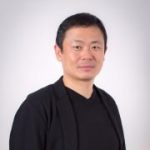
Associate Professor and Deputy Head, Department of Architecture, Co-director of the Center for Chinese Architecture and Urban Design, University of Hong Kong
Tao Zhu holds a Master of Architecture and a PhD in Architecture History and Theory from Columbia University. His scholarly work focuses on contemporary Chinese architecture and urbanism, with publications in leading journals such as AA Files, AD, and Domus. He is the author of Liang Sicheng and His Times (2014) and a contributor to A Critical History of Contemporary Architecture (2014).
In 2010, he was honored with the inaugural Architectural Critics Award from the China Architecture Media Awards.
As a practicing architect, his built works include the Shenzhen Wenjindu Bus Terminal and two Hope Project Elementary Schools in Sichuan and Gansu. He is currently engaged in several large-scale projects, including Block 2 of Shenzhen Liuxiandong New City District (under construction) and the South District City Renovation of Dafen Village (planning). He also serves as the City Construction Consultant for Chang’an, Dongguan, aiding its urbanization through research and design.

